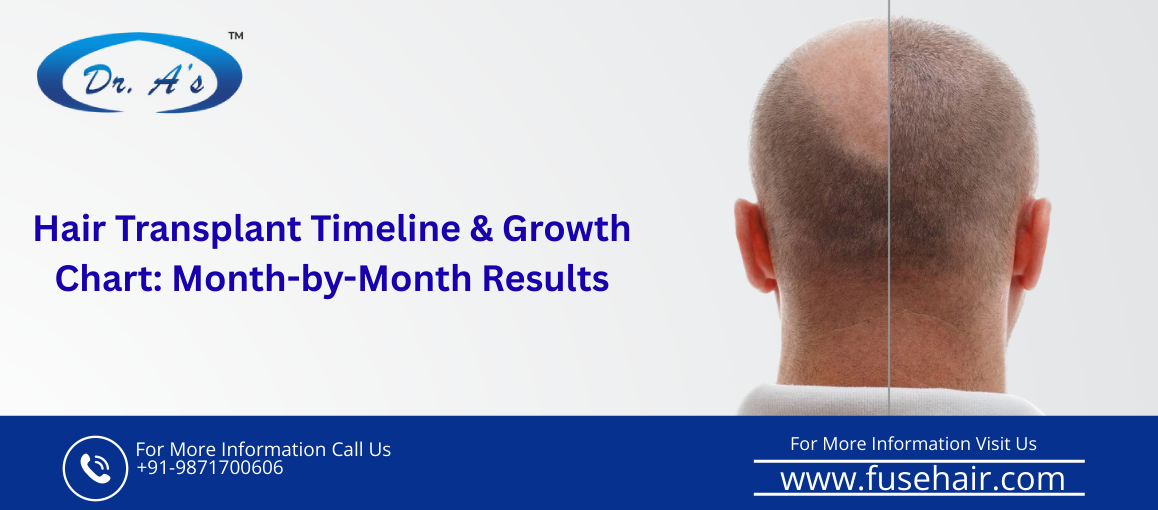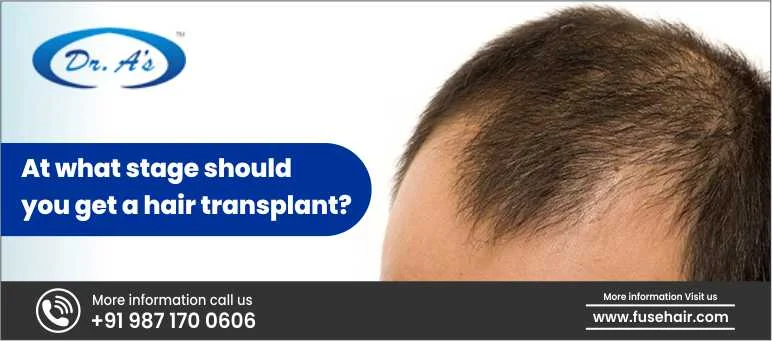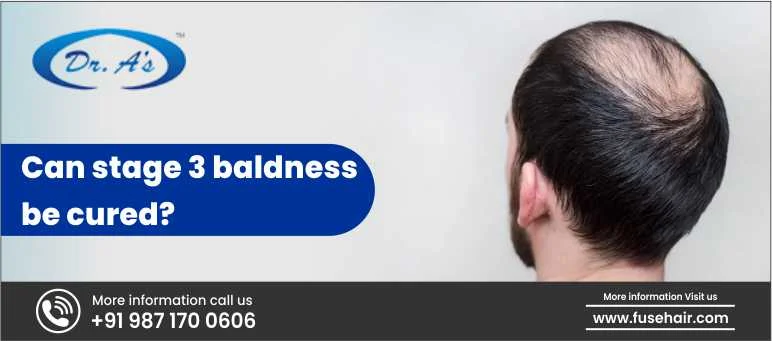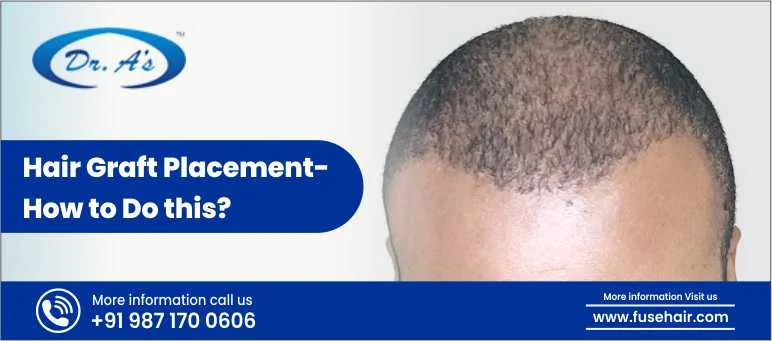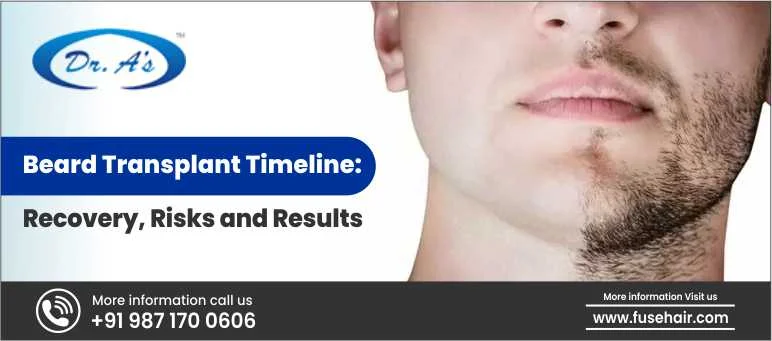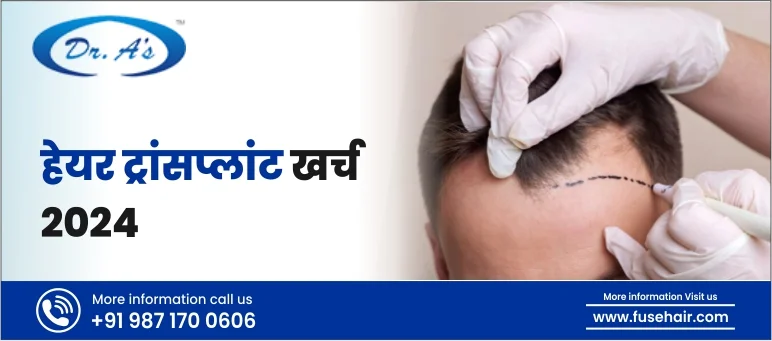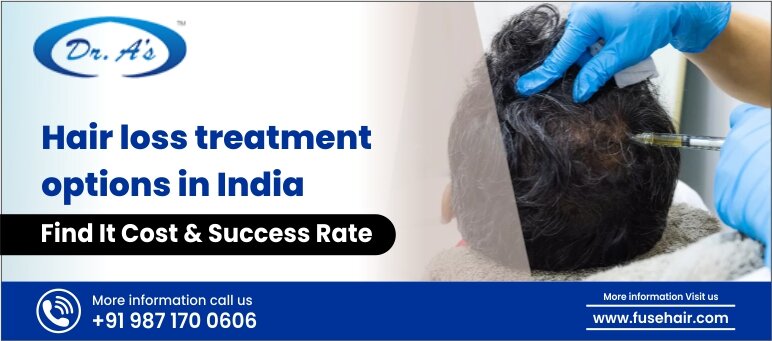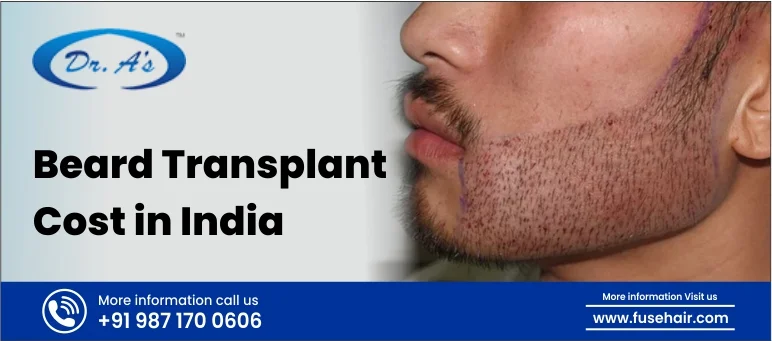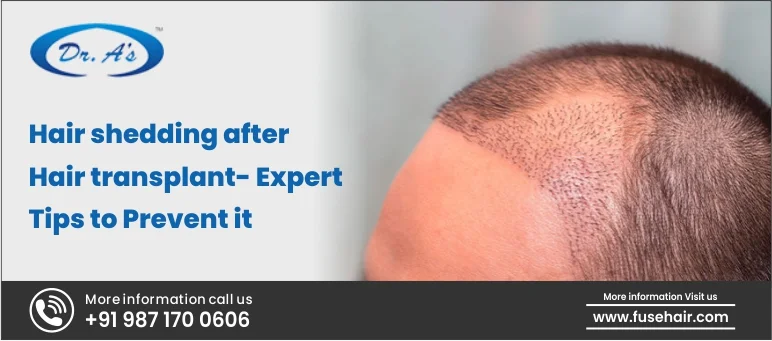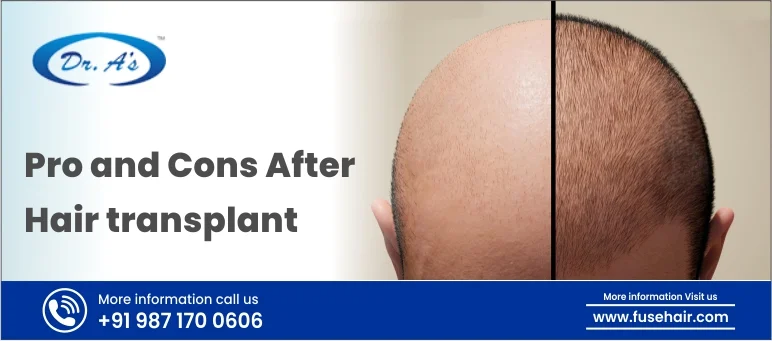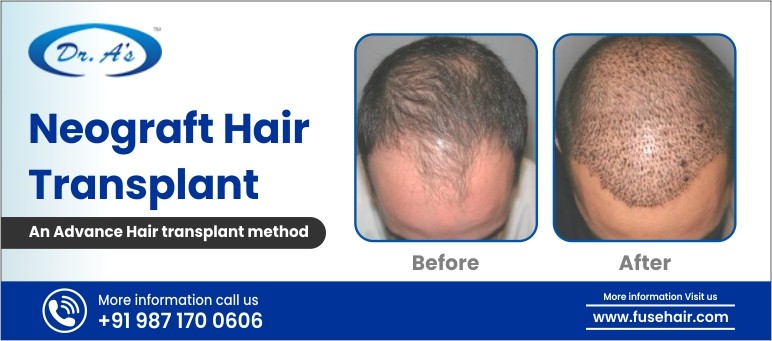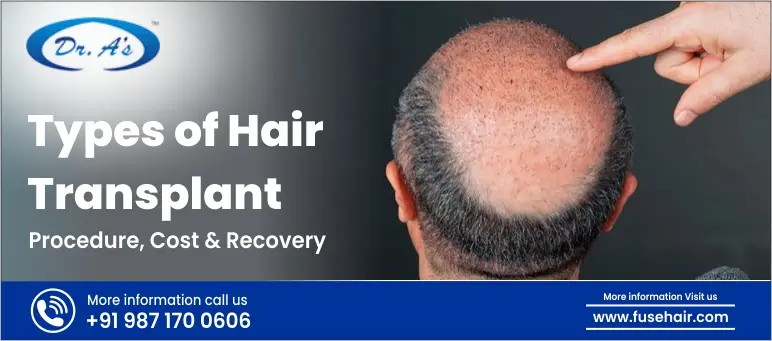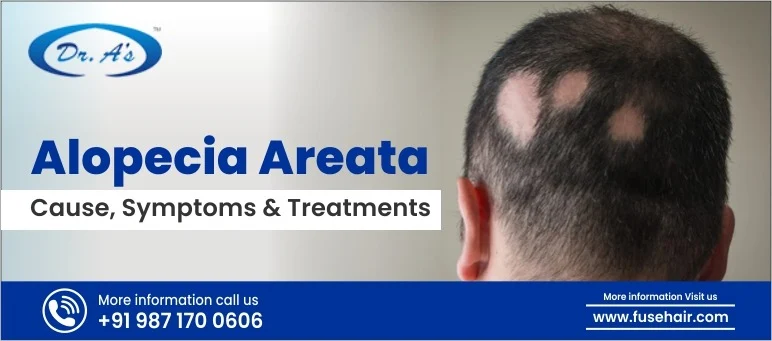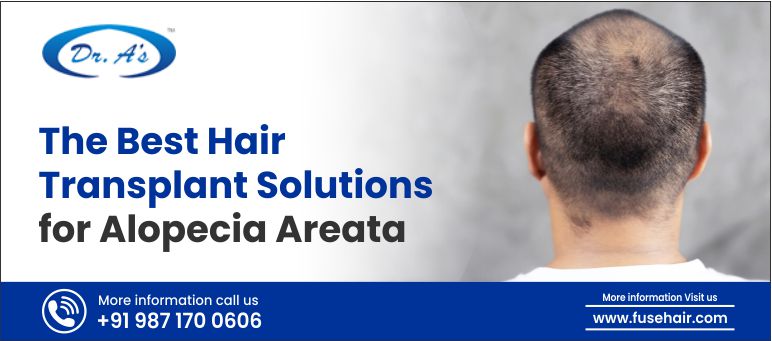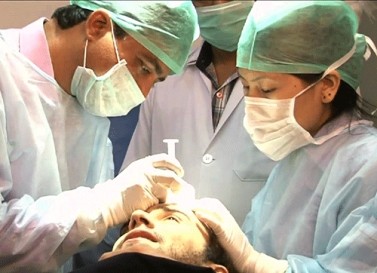
Hair transplant techniques have evolved significantly over the years, providing hope for individuals struggling with baldness. One of the most innovative advancements in this field is the use of beard hair as a donor source for scalp transplants. Traditionally, scalp hair from the back and sides of the head has been used for transplantation.
However, individuals with extensive baldness often face a major challenge: the limited availability of donor hair. As a perfect solution, Dr. Arvind Poswal has come up with an amazing technique for performing hair transplants with beard hair. Let us delve into this article to know more about this technique.
Reasons Why Beard Hair is a Good Option for Hair Transplant as Donor Hair
In 2006, Dr. Arvind Poswal made history by performing the world’s first beard-to-scalp hair transplant, offering a new avenue for patients seeking a fuller head of hair. Since then, this technique has gained widespread acceptance due to its remarkable benefits.
Beard hair, being naturally strong, thick, and durable, serves as an excellent option for increasing scalp hair density and coverage. Here are the reasons why beard hair is a valuable donor source for hair transplants and how it can help individuals achieve optimal results.
-
Stronger and Thicker Hair
One of the primary reasons why beard hair is an excellent donor option is its natural thickness and strength. Compared to scalp hair, beard hair tends to be coarser, denser, and more robust. This characteristic is especially beneficial for individuals with advanced baldness, as thicker hair provides better scalp coverage and creates an illusion of higher density.
When transplanted, beard hair enhances the overall volume of the scalp, giving a fuller and healthier look. Due to its resilience, beard hair also offers long-lasting results, making it an ideal choice for hair restoration. However, it is important to note that beard hair may not be suitable for the hairline, as its thickness can create an unnatural appearance in the frontal region. Instead, it is best utilized for mid-scalp and crown areas where additional density is required.
-
Higher Growth Potential
Another key advantage of using beard hair for scalp transplants is its impressive growth potential. Beard hair typically has a longer growth cycle compared to body hair, which means it continues to grow for an extended period before shedding. This characteristic makes it a reliable donor source for individuals who require a long-term solution to baldness.
Additionally, beard hair has a higher survival rate post-transplantation. Due to its strong roots and genetic resistance to miniaturization (the process that leads to hair thinning), beard hair continues to grow healthily once transplanted onto the scalp. This ensures that the results of the procedure are not only effective but also sustainable over time.
-
Better Coverage and Density
One of the most significant advantages of beard hair transplants is their ability to provide superior coverage and density. Due to its coarse nature, beard hair occupies more space per follicle, contributing to a thicker and fuller look. This is especially useful for patients with extensive baldness, as it helps in achieving a more natural and voluminous appearance.
When transplanted in combination with scalp hair, beard hair enhances the overall texture and density of the scalp. It can be strategically placed in areas that require more volume, such as the crown and mid-scalp regions. By increasing the number of grafts available for transplantation, beard hair ensures that even individuals with severe baldness can achieve satisfactory results.
However, it is essential for the surgeon to carefully blend beard hair with scalp hair to avoid any noticeable differences in texture. With the right technique, beard hair can seamlessly integrate with existing scalp hair, resulting in a uniform and aesthetically pleasing outcome.
-
Natural Blending with Scalp Hair
A well-executed hair transplant should produce results that look as natural as possible. While beard hair is generally thicker than scalp hair, it can be skillfully blended to create a harmonious look. Experienced hair transplant surgeons use strategic placement techniques to ensure that beard hair integrates seamlessly with the existing scalp hair.
For instance, beard hair is typically used in the mid-scalp and crown regions, where its thickness contributes to better coverage. It is rarely placed in the hairline, as the coarser texture might stand out. Instead, finer scalp hair is used in the frontal area to maintain a natural transition.
To further enhance the blending process, surgeons often mix beard hair with scalp hair during transplantation. By distributing the follicles strategically, they create a balanced and realistic appearance that mimics natural hair growth patterns. This careful approach ensures that the final result is undetectable and aesthetically pleasing.
Conclusion
Beard hair transplants have revolutionized the field of hair restoration, offering a viable solution for individuals with extensive baldness. For those facing severe baldness and limited scalp donor hair, beard-to-scalp transplants provide an effective and long-lasting solution. However, the success of the procedure depends on the expertise of the surgeon and the careful planning of graft placement.
If you are considering a hair transplant and have a strong beard donor area, consulting with Dr. Arvind Poswal at Dr. A’s Clinic can help you determine whether this technique is the right choice for you. With his decades of experience and the right approach, he will ensure that beard hair transplantation helps you achieve a fuller, healthier, and more natural-looking head of hair.







